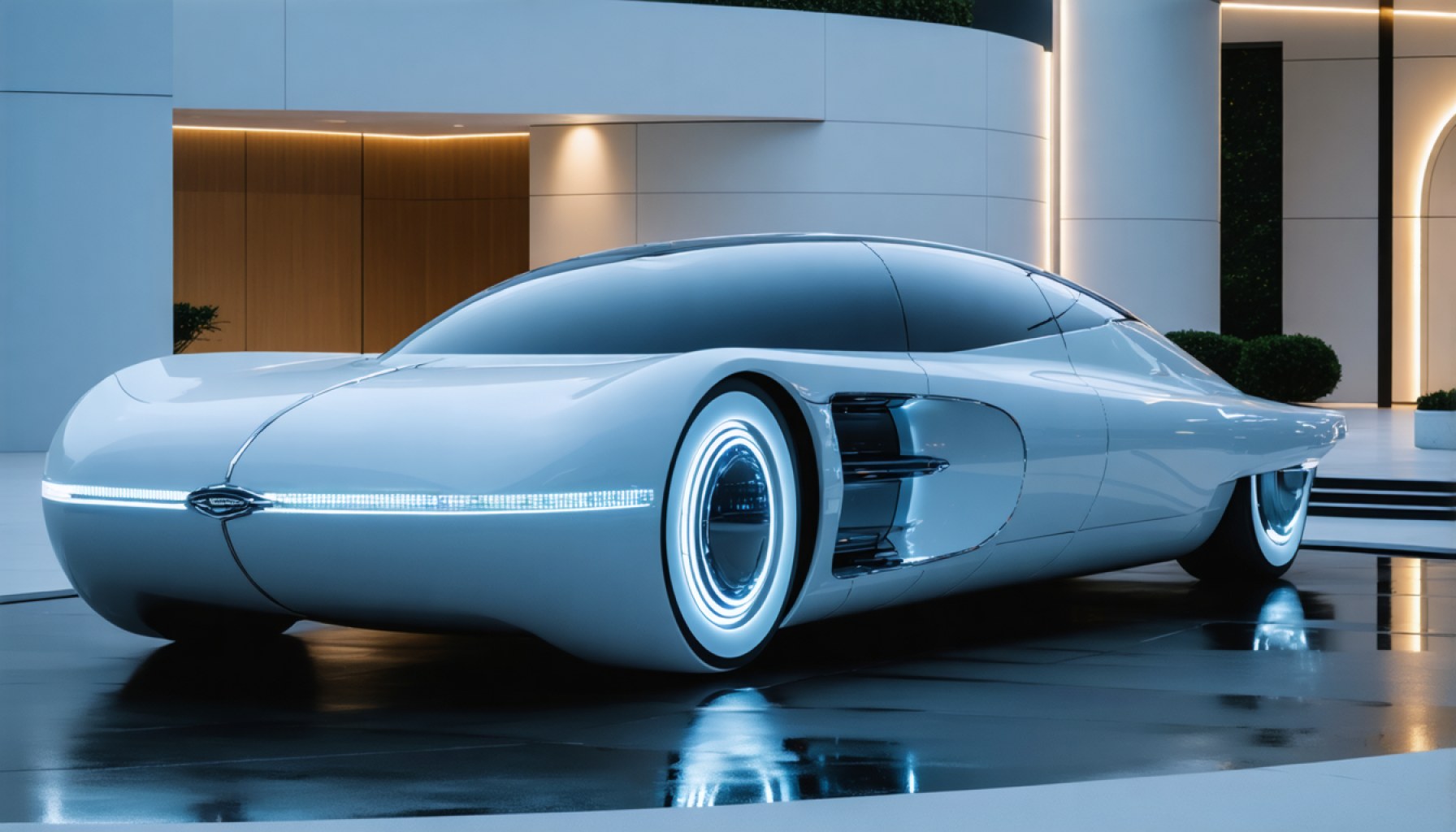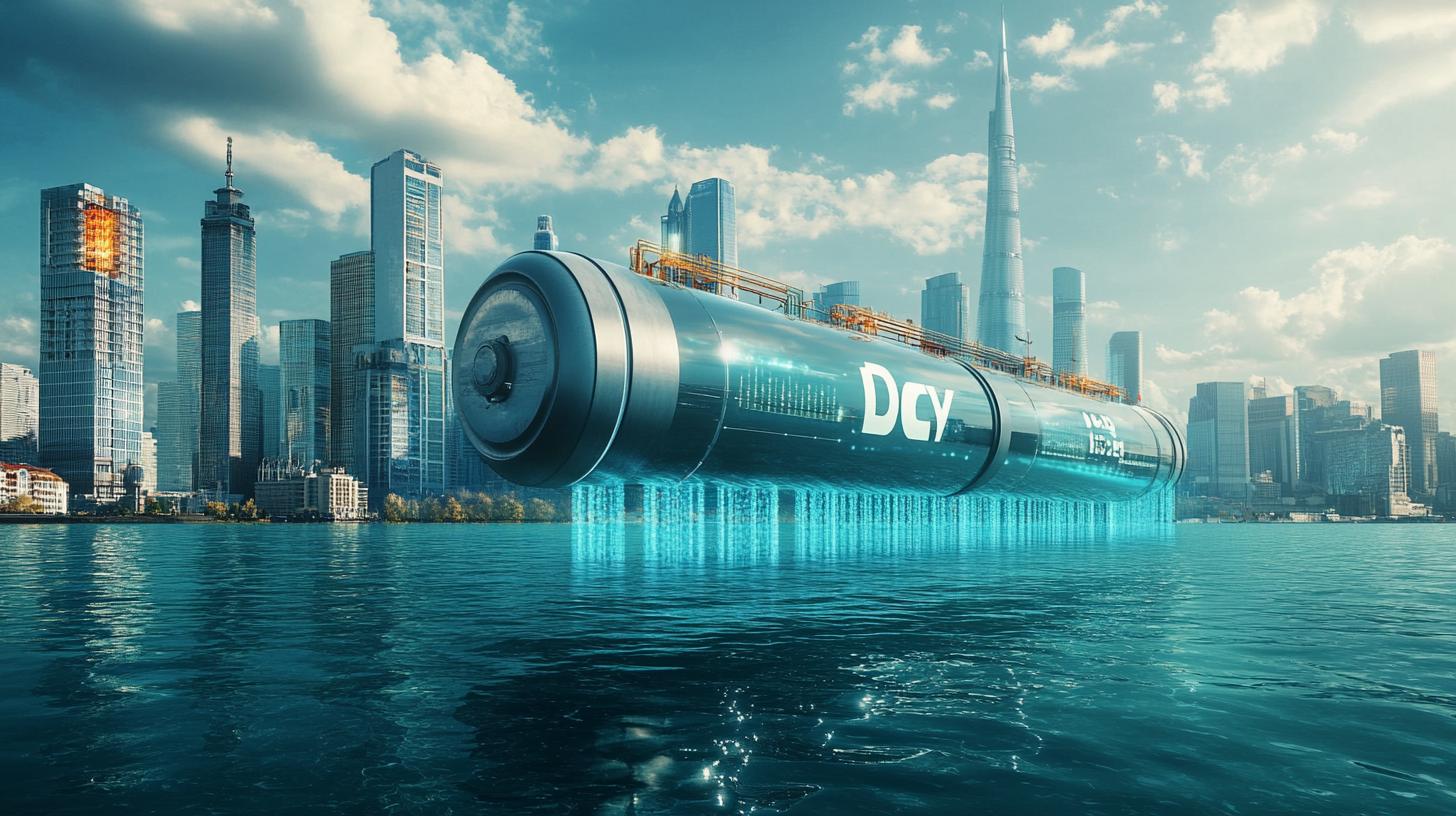- The Chrysler 2008 ecoVoyager Concept envisioned a future with zero emissions, featuring a sleek design and efficient powertrain.
- Utilizing a combination of electric motor and hydrogen fuel cell technology, it offered over 300 miles of range, emitting only water vapor.
- The interior was luxurious and futuristic, with cherry wood accents and a digital dashboard, eliminating traditional buttons and knobs.
- Its 200 kW electric motor accelerated the concept from 0 to 60 mph in under eight seconds, highlighting its performance credentials.
- Despite its promise, the ecoVoyager remained merely a concept due to financial and industry challenges, symbolizing unrealized potential.
- The ecoVoyager serves as a reminder of innovative aspirations, reflecting on what could have been a harmonious blend of elegance and sustainability in automotive design.
Chrysler’s 2008 ecoVoyager Concept dared to dream of a future unburdened by emissions. Picture a sleek streak gliding across highways, its silhouette tapering into a graceful boat-tail rear, whispering through the air with minimal resistance. Housed beneath its graceful curves, a marriage of electric power and hydrogen efficiency offered a tantalizing range of over 300 miles, exhaling nothing more than water vapor—a harbinger of a cleaner tomorrow.
Sliding open, its rear-hinged doors beckoned passengers into a cabin that felt less like a car and more like a personal jet on wheels. Inside, warmth exuded from cherry wood accents, set against the cool elegance of Dove Gray leather. The clutter of buttons and knobs was nowhere to be found—replaced by a digital horizon stretching across the dashboard, ensuring that only the most critical data dared intrude on the serene atmosphere.
Beneath its innovative body, a 200 kW electric motor lurked, ready to surge from stillness to 60 mph in under eight seconds. Short hops relied on its lithium-ion battery, while more ambitious excursions summoned the silent power of its hydrogen fuel cell, ensuring that no journey was too far.
Yet despite its promise, the ecoVoyager never transitioned from concept to reality. The world, and Chrysler, simply weren’t ready—the tides of financial tumult and industry hesitance washed over its potential. Today, it stands as an unsung hero, a testament to what might have been—a glimpse into a forgotten future where elegance and sustainability coexisted harmoniously. Would the ecoVoyager have paved a different path had it been unleashed onto the roads? We may never know, but its legacy reminds us that innovation often starts with a daring step into the unknown.
Unveiling the Legacy of Chrysler’s ecoVoyager: What Could Have Been
How-To Steps & Life Hacks
1. Understanding Hydrogen Fuel Technology: To grasp the ecoVoyager’s potential, learn the basics of hydrogen fuel cells. Hydrogen fuel cells generate electricity by combining hydrogen and oxygen to produce water and energy without emissions.
2. Leveraging Electric Power: Appreciate the dual power system by studying lithium-ion battery technology, which powers the ecoVoyager for shorter trips.
Real-World Use Cases
– Urban Commuting: The ecoVoyager was ideal for emission-free daily commutes. Its sleek design and efficient powertrain would have made it a competitor in crowded urban centers.
– Long-Distance Travel: The combination of battery and hydrogen fuel cell would allow for extended journeys without the environmental impact, suitable for eco-conscious travelers.
Market Forecasts & Industry Trends
– Hydrogen Market Growth: According to a report by the International Energy Agency (IEA), hydrogen demand might rise significantly by 2030 as industries pursue decarbonization. The ecoVoyager could have been a pioneer in this sector.
– Electric Vehicle (EV) Expansion: The EV market is set to grow exponentially, with brands now leveraging hybrid approaches much like the ecoVoyager’s.
Reviews & Comparisons
– Compare the ecoVoyager to contemporary models like the Toyota Mirai and the Honda Clarity Fuel Cell, which have embraced similar hydrogen technologies.
– Comparison Factors: Evaluate range, power output, and technology integration.
Controversies & Limitations
– Infrastructure Limitations: One of the ecoVoyager’s unseen hurdles was the lack of widespread hydrogen refueling infrastructure. This remains a significant barrier for hydrogen vehicles.
– Cost Constraints: The economic feasibility of mass-producing hydrogen vehicles remains challenging due to high production and development costs.
Features, Specs & Pricing
– Electric Motor: 200 kW motor capable of 0-60 mph in under eight seconds.
– Range: Over 300 miles combining electric and hydrogen fuel systems.
Security & Sustainability
– Sustainability: Hydrogen fuel cells produce only water vapor, making them incredibly environmentally friendly.
– Safety: Hydrogen fuel tanks are rigorously tested to withstand severe conditions, although public perception has been cautious.
Insights & Predictions
– The ecoVoyager’s concept aligns with the emerging trend of luxury EVs that focus on both sustainability and performance.
– As the market shifts towards greener options, Chrysler (now part of Stellantis) might revisit such concepts.
Tutorials & Compatibility
– Integration with Smart Devices: While not equipped in the concept, modern EVs often enable smartphone control for enhanced connectivity.
Pros & Cons Overview
Pros:
– Innovative dual power system.
– Emission-free operation.
– Sleek and elegant design.
Cons:
– Infrastructure challenges.
– High production costs.
Actionable Recommendations
– Stay Informed: Keep up with developments in hydrogen infrastructure and technology to anticipate better adoption.
– Advocate for Sustainability: Encourage local policies supporting green tech advancements.
– Embrace Hybrids: Consider current hybrid models that offer insights into similar tech integrations.
For more on sustainable automotive advancements, check out Stellantis for their current green initiatives.
In conclusion, while the Chrysler ecoVoyager remains a concept, its vision for a sustainable and stylish future continues to inspire and inform potential pathways for innovation in the automotive industry. As technology advances and infrastructure develops, revisiting such innovative ideas could very well lead to a breakthrough in sustainable transportation.











